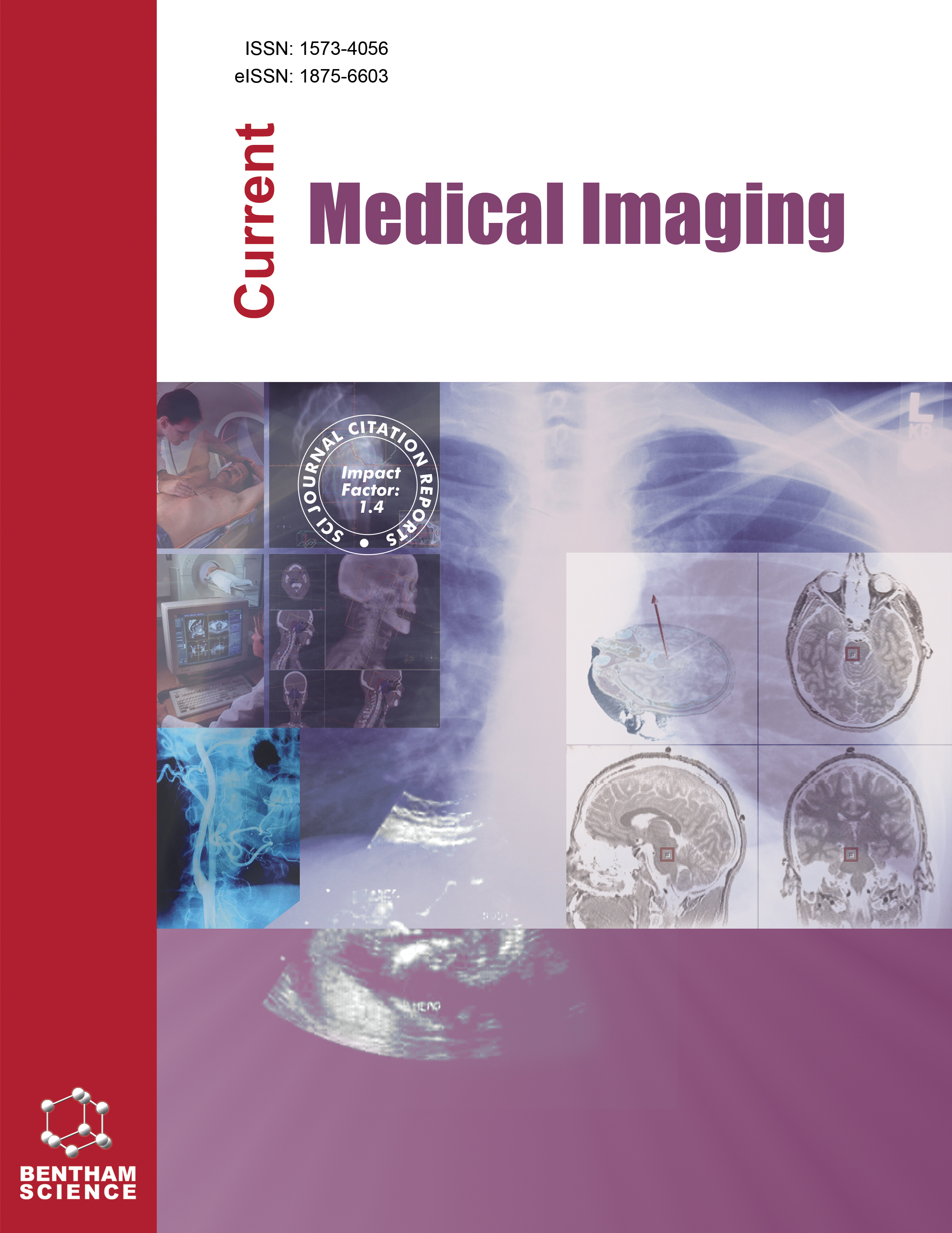-
oa Investigation of Medical Image Technology Based on Big Data Neuroscience in Exercise Rehabilitation
- Source: Current Medical Imaging, Volume 20, Issue 1, Jan 2024, e15734056271972
-
- 08 Aug 2023
- 22 Nov 2023
- 26 Jan 2024
Abstract
The purpose of this article is to combine the functional information of CT images with the anatomical and soft tissue information of MRI through image fusion technology, providing more detailed information for rehabilitation treatment and thus providing a scientific basis for clinical applications and better training plans.
In this paper, functional brain imaging technology combining CT (computed tomography) and MRI (magnetic resonance imaging) was used for image fusion, and SURF (accelerated robust feature) feature points of images were extracted. In this study, 40 patients with mild and moderate closed traumatic brain injury admitted to the rehabilitation department of a rehabilitation center from 2018 to 2022 were selected as the research objects.
Compared with using only CT images and MRI images for brain injury diagnosis, the fusion image had a higher detection rate of abnormal brain injury diagnosis, with a detection rate of 97.5%. When using fused images for the diagnosis of abnormal brain injury, the patient’s exercise rehabilitation effect was better.
CT and MRI image fusion technology had a high diagnostic accuracy for brain injury, which could timely guide doctors in determining exercise rehabilitation plans and help improve the effectiveness of patient exercise rehabilitation.


